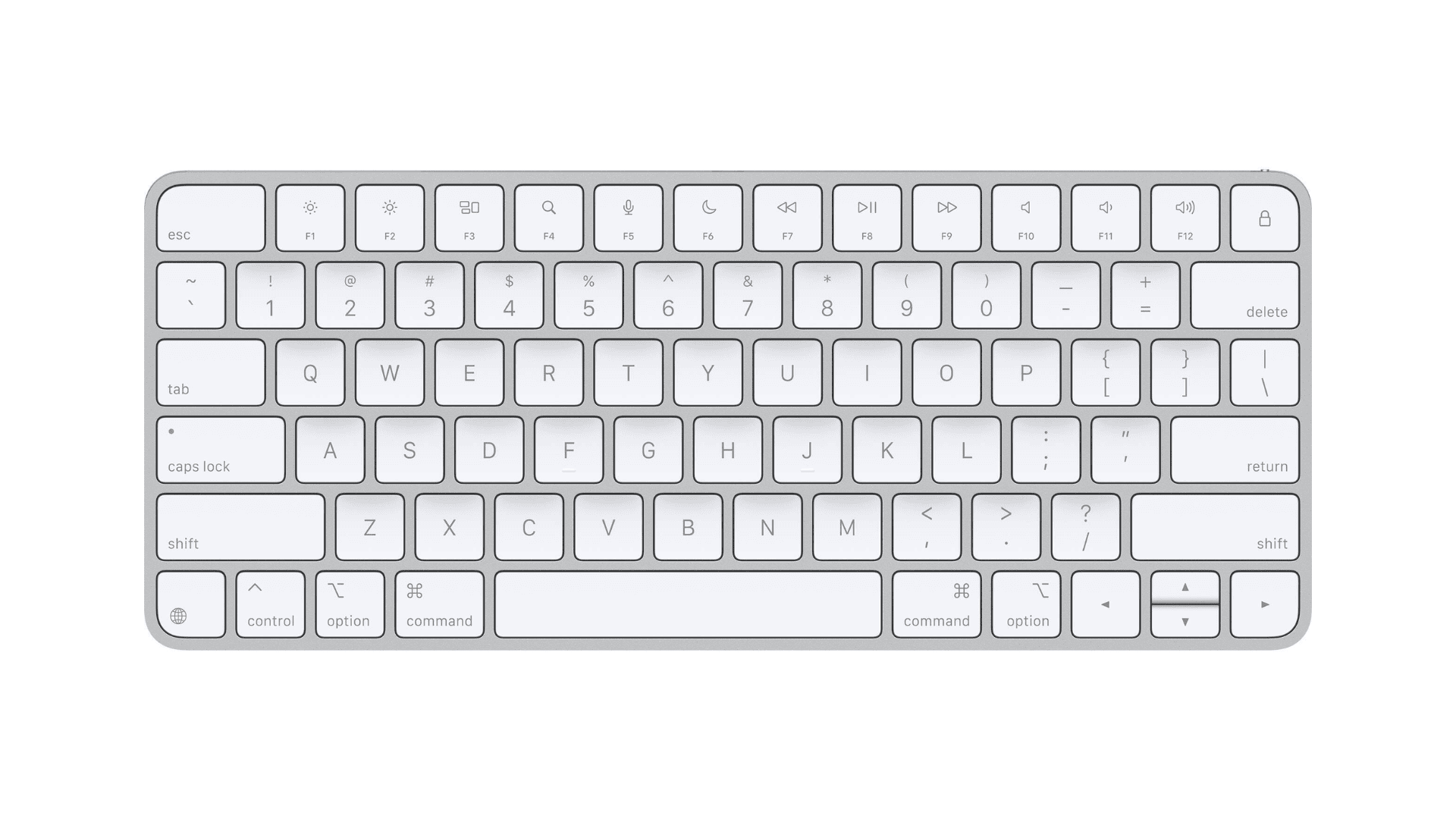Starting up a Mac with a keyboard shortcut can help you troubleshoot issues, reinstall macOS, boot from a different drive, or access diagnostic tools. Depending on whether you have an Apple Silicon Mac or an Intel-based Mac, the key combinations are slightly different — but this guide covers all of them in plain English. Below, you’ll find all the essential startup shortcuts you can use on macOS Sequoia and earlier, along with what they do and when to use them.
Table of contents
- 15 Mac Startup Key Combinations
- 1. Recovery Mode
- 2. Startup Manager
- 3. Safe Mode
- 4. Diagnostics (Apple Hardware Test)
- 5. Verbose Mode
- 6. Target Disk Mode
- 7. Reset NVRAM/PRAM
- 8. Internet Recovery
- 9. Boot from CD/DVD (rare use)
- 10. Eject Removable Media
- 11. Boot in Single-User Mode
- 12. Disable System Integrity Protection (SIP)
- 13. Boot from External Drive
- 14. Boot to macOS Installer (USB)
- 15. Choose Startup Disk (Persistent)
- Tips for Using Startup Keys on Mac
- Frequently Asked Questions
- Summary
- Conclusion
15 Mac Startup Key Combinations
Below are the most useful Mac startup keyboard shortcuts for Intel and Apple Silicon Macs, including what they do and how to use them.
1. Recovery Mode
- Intel: ⌘ + R
- Apple Silicon: Press and hold Power until “Options” appears
Use this to reinstall macOS, restore from a Time Machine backup, or use Disk Utility.
2. Startup Manager
- Intel: Option (⌥)
- Apple Silicon: Hold Power until startup options appear
Lets you choose a startup disk or bootable external drive.
3. Safe Mode
- Intel: Shift
- Apple Silicon: Hold Power → Select startup disk → Hold Shift → Continue in Safe Mode
Loads only essential macOS components, great for troubleshooting app conflicts.
4. Diagnostics (Apple Hardware Test)
- Intel: D
- Apple Silicon: Press and hold Power → Options → D
Runs a hardware check on your Mac for memory, logic board, and more.
5. Verbose Mode
- Intel only: ⌘ + V
Displays detailed startup logs. Useful for debugging. Not supported on Apple Silicon.
6. Target Disk Mode
- Intel: T
- Apple Silicon: Use Share Disk from macOS Recovery
Mounts your Mac as an external drive on another Mac via Thunderbolt or USB-C.
7. Reset NVRAM/PRAM
- Intel only: ⌘ + Option + P + R (hold until you hear startup sound twice)
Resets display, sound, and other hardware settings. Not required on Apple Silicon Macs.
8. Internet Recovery
- Intel: Option + ⌘ + R or Shift + Option + ⌘ + R
Boots directly into macOS Recovery over the internet, good if internal recovery is damaged.
9. Boot from CD/DVD (rare use)
- Intel only: C
For Macs with optical drives or external USB CD/DVD. Boots from disc.
10. Eject Removable Media
- Intel: Hold mouse or trackpad button during startup
Useful when a stuck CD/DVD won’t eject.
11. Boot in Single-User Mode
- Intel only: ⌘ + S
Loads a minimal Unix-style environment. Advanced troubleshooting only.
12. Disable System Integrity Protection (SIP)
- Boot into Recovery → Utilities > Terminal → type:
csrutil disable
Only do this if you know what you’re doing; it weakens system security.
13. Boot from External Drive
- Use Startup Manager (Option key or Power hold), then choose your external boot volume.
14. Boot to macOS Installer (USB)
- Insert bootable USB drive and use Startup Manager to select it.
15. Choose Startup Disk (Persistent)
- After booting, go to System Settings > General > Startup Disk
- You can also set this temporarily with the Startup Manager
Tips for Using Startup Keys on Mac
- For Apple Silicon Macs: Most functions now start by holding the Power button
- Use a Wired Keyboard if Needed: Wireless keyboards might not respond quickly enough at boot
- Don’t Press Keys Too Early: Wait until you hear the startup chime or see the Apple logo
- Hold Until You See Results: Some shortcuts require holding the keys through the initial boot screen
- Update Your macOS: Some startup options are only available on newer versions like macOS Sequoia
Frequently Asked Questions
Hold ⌘ + R (Intel) or press and hold the Power button (Apple Silicon) until you see “Options.”
Hold Option (Intel) or Power (Apple Silicon) to access the Startup Manager and select your USB drive.
Hold Shift during startup. For Apple Silicon, go to Options > select disk > hold Shift > Continue in Safe Mode.
Yes, boot into Recovery Mode > open Utilities > Terminal > type csrutil disable.
Summary
- Intel Macs rely on keyboard shortcuts
- Apple Silicon Macs use Power button + on-screen options
- Startup combinations can help you troubleshoot, reset, or boot from other drives
- Use Safe Mode, Recovery, or Diagnostics depending on your issue
- Always keep backups and know your startup shortcuts in case of issues
Conclusion
Knowing how to use Mac startup key combinations can save you a trip to the Genius Bar. Whether you’re fixing a boot problem, reinstalling macOS, or running diagnostics, these shortcuts are your first line of defense. Apple Silicon has changed how startup works, but both Intel and newer Macs give you powerful tools, as long as you know how to access them.
